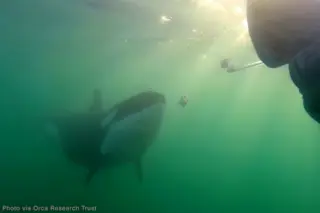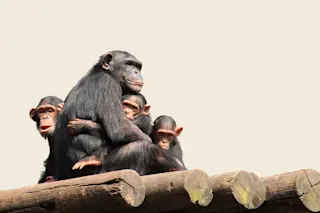Six Things We're Born to Fear
It's no accident that glowing eyes around a campfire make our hearts jump: Some fears are the lingering result of natural selection.

Newsletter
Sign up for our email newsletter for the latest science news
More on Discover
Stay Curious
SubscribeTo The Magazine
Save up to 40% off the cover price when you subscribe to Discover magazine.
Subscribe












